All Stories
-
 Astronomy
AstronomyWhat’s in a name? In science, a lot
Classification systems are essential to science. But any classification system, however useful, is ultimately simplistic.
By Eva Emerson -
 Life
LifeA vineyard’s soil influences the microbiome of a grapevine
Vineyard soil microbes end up on grapes, leaves and flowers, study finds.
-
 Environment
EnvironmentManganese turns honeybees into bumbling foragers
Ingesting low doses of the heavy metal manganese disrupts honeybee foraging, a new experiment suggests.
-
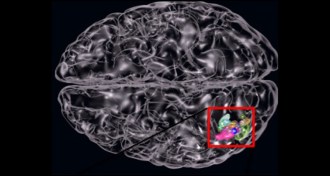 Neuroscience
NeuroscienceThe brain sees words, even nonsense ones, as pictures
Once we learn a word, our brain sees the string of letters as a picture, even if the word isn't a real one.
-
 Health & Medicine
Health & MedicineClean-up gene gone awry can cause Lou Gehrig’s disease
Scientists have linked mutations on a gene involved in inflammation and cell cleanup to ALS, or Lou Gehrig’s disease.
-
 Animals
AnimalsNeandertal of ant farmers grows modern food
The most old-fashioned fungus-growing ant yet discovered grows a startlingly new-fangled crop.
By Susan Milius -
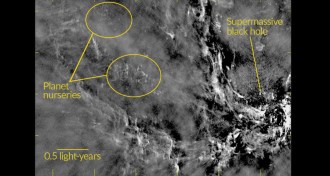 Astronomy
AstronomyUnlikely nursery for new planets is next to massive black hole
Planet nurseries encircle young stars within a few light-years of the supermassive black hole in the center of the Milky Way, scientists claim.
-
 Chemistry
ChemistryToday’s pot is more potent, less therapeutic
The medicinal qualities of marijuana may be up in smoke thanks to years of cross-breeding plants for a better buzz.
By Beth Mole -
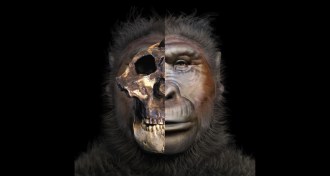 Anthropology
AnthropologyHow to reconstruct the face of an extinct human ancestor
3-D designer reconstructs portraits of ancestors for the human family album.
By Erin Wayman -
 Humans
HumansThe expressive face of human history on display
Busts on display in an Italian exhibit flesh out hominid skulls using the latest in 3-D reconstruction.
By Sean Treacy -
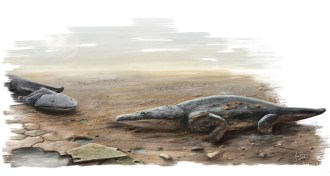 Paleontology
PaleontologyFossil of monstrous fish-eating amphibian unearthed
A new Triassic species of giant amphibian lived like a crocodile instead of like its cute little salamander and frog relatives of today.
By Susan Milius -
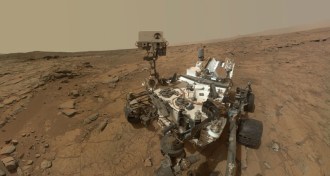 Planetary Science
Planetary SciencePotentially life-friendly nitrogen compounds found on Mars
“Fixed” nitrogen has been found in Mars deposits, raising the possibility that ancient life could have used it to build biomolecules.